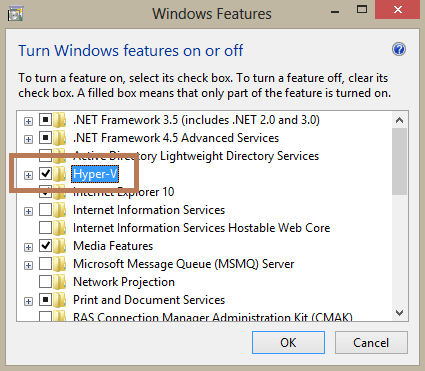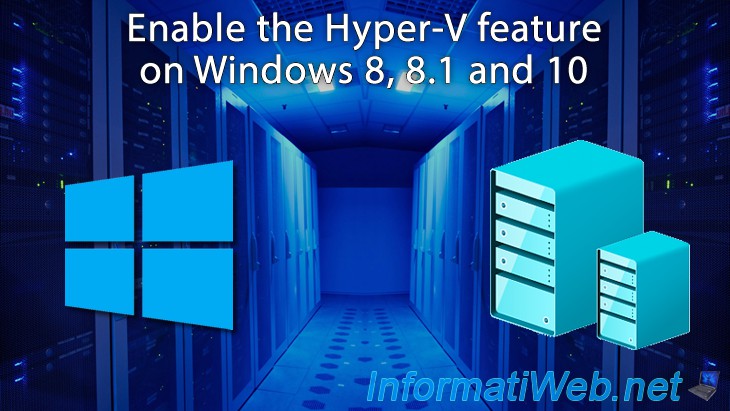



The Hyper-V feature was introduced firstly in Windows Server 2008 to replace the hardware virtualization component of the client editions of Windows NT - Windows Virtual PC (there’s no inbuilt type two hypervisor in Windows 7). Hyper-V, also known as Windows Server Virtualization previously, now becomes an optional feature in Windows 10. Please use MiniTool software to solve disk problems and recover lost files. This post teaches you how to disable Hyper-V and enable it when necessary. By enabling Hyper-V, you’re allowed to run multiple operating systems on the same local device. The Hyper-V is a built-in feature in both Windows 10 and Windows 8 to replace the previous Microsoft Virtual PC.


 0 kommentar(er)
0 kommentar(er)
